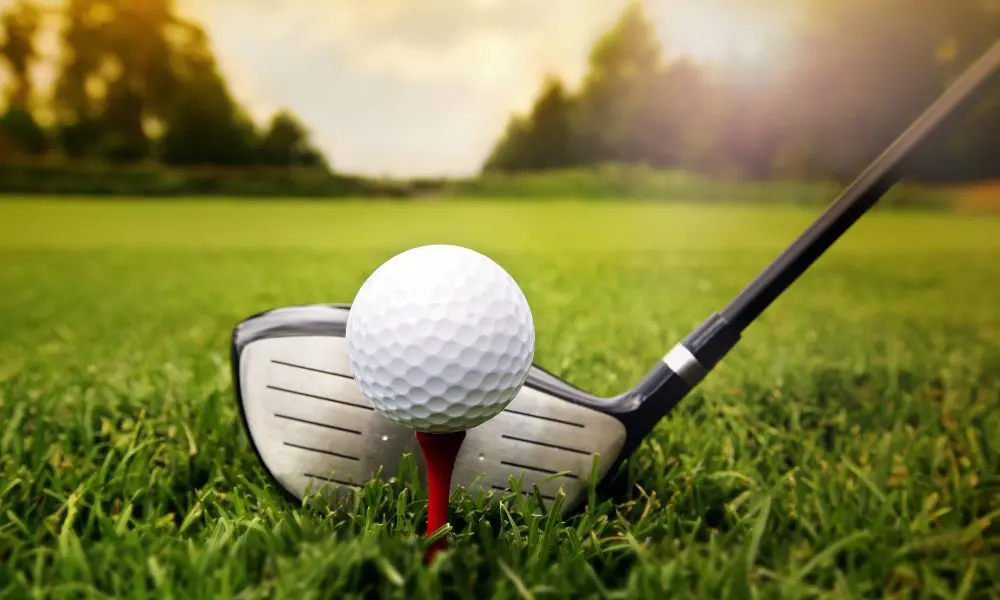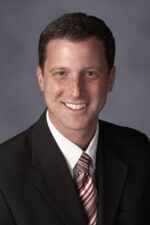A golfer stands over a 10-foot putt on the 18th green. If he knocks it in, he’ll win a tournament. But he’s just a bit nervous, his heart rate rising and his palms sweating.
What if there was a way to alleviate the golfer’s nerves?
The University of Nevada, Las Vegas’ International Gaming Institute, with the help of a golf simulator designed by Evenplay, a Las Vegas artificial intelligence company, is studying the effect of applying a rewards system to alleviate the jitters golfers may feel before crucial shots.
“We’re at the point right now where we’re excited to be able to investigate how a variable reward system may affect someone’s motivation to play more often,” UNLV Director of the PGA Golf Management Program Christopher Cain said during an interview with CDC Gaming. “More often, someone’s motivation to stay in a simulator a little bit longer to work on some things to see if there’s any skill improvement based on the fact that you have something on the line.”
Using the Full Swing technology deployed by the TGL Golf League, the simulator rewards golfers for good shots with incentives. It’s a concept that Cain learned from his father.
“I would have a 10-foot putt, and (Cain’s dad) would say, if you make this, I’m going to buy you a Coke,” Cain said. “It made me focus a little bit more because there was something on the line. We’re at the point right now where we’re excited to be able to investigate how a variable reward system may affect someone’s motivation to play more often.”
“We’re testing some of the motivation behind it to see if there’s an effect on skill improvement and whether or not people are playing more often, practicing more often,” Cain adds. “… Through this application, you’re not hitting the same shot over and over and over again. It’s actually changing distance. It’s changing the odds for the targets that are applied.”
Using the simulator may not only help professional golfers, but amateur duffers as well. Cain says there are about 45 million golfers in the United States, and golf is experiencing a growth period with 3.5 million junior players, a 40% increase since 2019. He attributes some of that to off-course growth – notably, properties such as Top Golf – where there is less focus on the game and more of an emphasis on enjoyment.
If the simulator can help the casual player transition to playing on a course, the game of golf will thrive.
“(Casual players) haven’t even picked up a golf club before but they’re willing to go out there and take a few swings with their buddies and have fun with that in a social environment,” Cain says. “I think anything that enhances the off-course experience will help to continue to widen the funnel of interest into the game. By doing so, we may see more of these recreational golfers take the leap to give golf a shot on course.”
Cain says that by focusing on the rewards aspect of the simulator, golfer will focus more on the next shot. He admits he can readily shoot under par during a casual round with friends, but the pressure of playing in a tournament will add tension and may cause a subpar performance.
“If we can practice under those conditions where we have a skill-based application that says if you put this within 3 feet from 100 yards out, this could be worth 50 or 100 bucks,” Cain says. “If you get the juices going, get the adrenaline going, then you have the ability to study coping mechanisms that allow you to neutralize that adrenaline and anxiety that is not good for control of the game.”
It is possible that the golf simulator application can be applied to other sports. Cain feels that a simulator dedicated to baseball and bowling might be able to replicate the pressures those players feel.
“There are a lot of things out there that this could be applied to,” he said. “This could be just the beginning.”




